It's that time of year again; the season when old man winter comes roaring back and many outdoor gatherings are postponed until spring. Along with that shift in pursuits, many old wagons will be driven less, attend fewer events, and basically sit idle until spring.
This change of seasons is a great time to take a closer look at these machines, doing any additional greasing, cleaning, repairs, and other maintenance as well as helping ensure they have a good (and safe) place to rest for the winter. To that point, while some of these rolling history lessons will ride out the lower temps in a comfortable and controlled environment, others may be left to fend for themselves in a barn, shed, or other outbuilding. Just like any livestock you may have, these wood-wheeled survivors shouldn't be ignored and will need help with protection during the cold months.
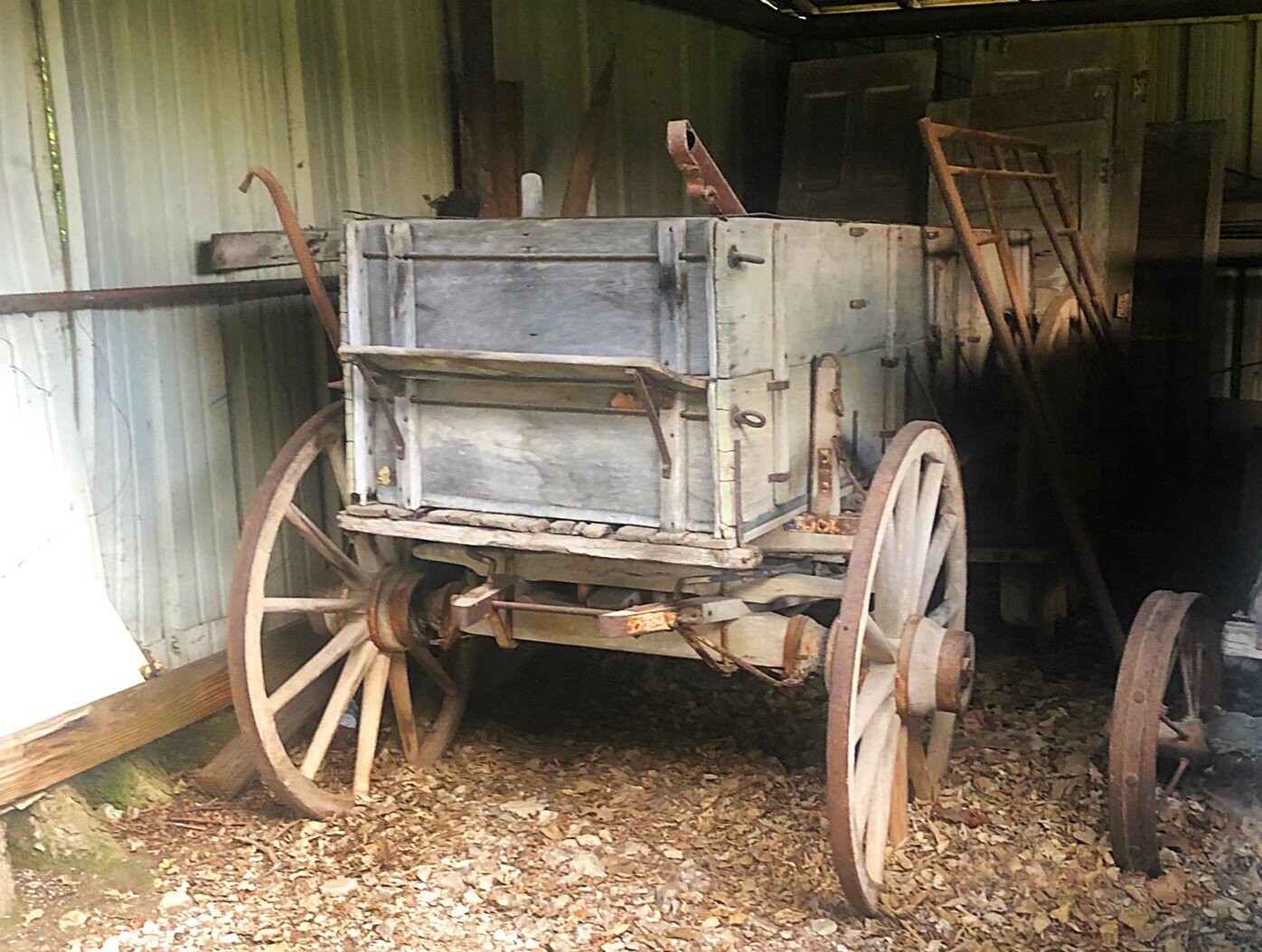
This Mitchell brand wagon sits in a shed with an open side. It is heavily subject to weather, rodents, and insects. It also sits directly on the ground, leaving it at risk to rust and rot.
For the sake of this post, let's assume we're looking at situations where a wagon will ride out the winter in the environment of a barn or shed that's not 100% enclosed. With that as our background, one area that should be reviewed is the soundness of the structure as well as the dryness of the roof. Wind and weather can pack a punch; pushing the framework to the limit. Leaks can also quietly destroy a significant investment and should be addressed promptly. Along that same line of thinking, if the vehicle is near an opening, ask yourself if there is a way for snow, ice, or rain to blow in on it or will any part of it be exposed to the sun?
Likewise, if animals, birds, and rodents can get to your wagon, they will! One of the main things an animal (like a squirrel, rat, or mouse) will do is... chew, chew, chew. They will chew to get into and out of wood-encapsulated areas and they will chew to access the smallest kernel of food - even if it's a single grain lost in a floorboard or a crevice near an end gate! Removing all hints of food is helpful but won't keep out rats and mice. After all, they're also looking for a good place to bed down and remain unbothered until warmer weather arrives. Even if you check on your wagon regularly, these nasty neighbors can build a bed of leaves, moss, straw, chewed trash, and food into a corner of your wagon almost overnight! They will also use your wagon to urinate and defecate; definitely unpleasant and unhealthy souvenirs.
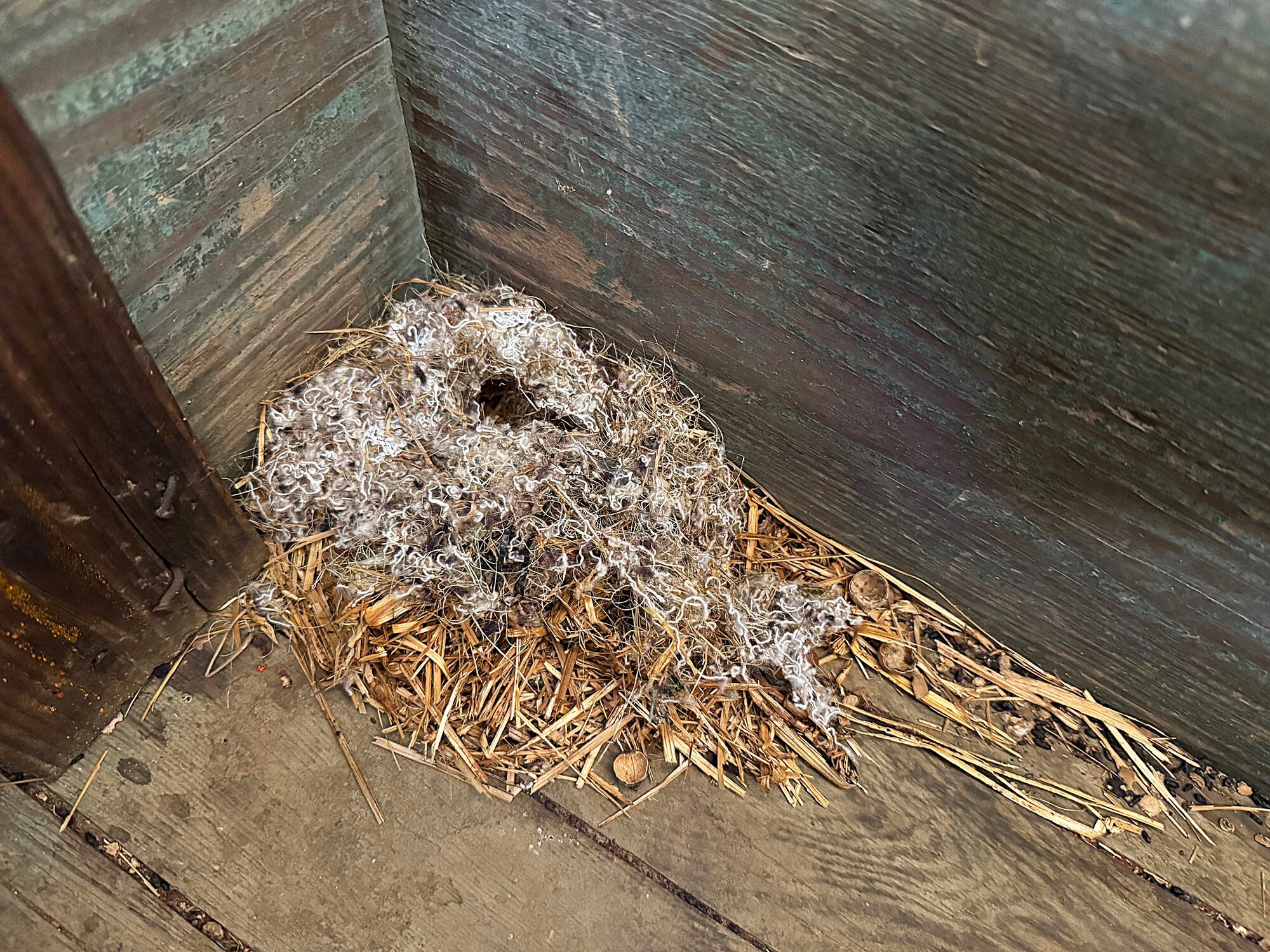
Mice and rats love to nest in wagon boxes that are left unattended during the winter months. From potential health issues to damage to the vehicle, this is not a sight you want to see in your wagon.
So, how do we handle these critters without harming a barn cat, stock dog, or other roaming animal? One thing that's helped me avoid using poisons that put other animals at risk is the use of a 50/50 mixture of yellow corn meal and baking soda. Apparently, rats and mice can't resist the corn meal and, with it all mixed together, they will also ingest the baking soda. Since they can't expel excess stomach gas, the recipe will quickly eliminate your mouse and rat problem. We've had this mixture in open containers around our barn, shop, and outbuildings for years. Since other animals can pass gas, it doesn't pose a serious risk to them. In fact, our dogs and horses rarely give the containers a second look.
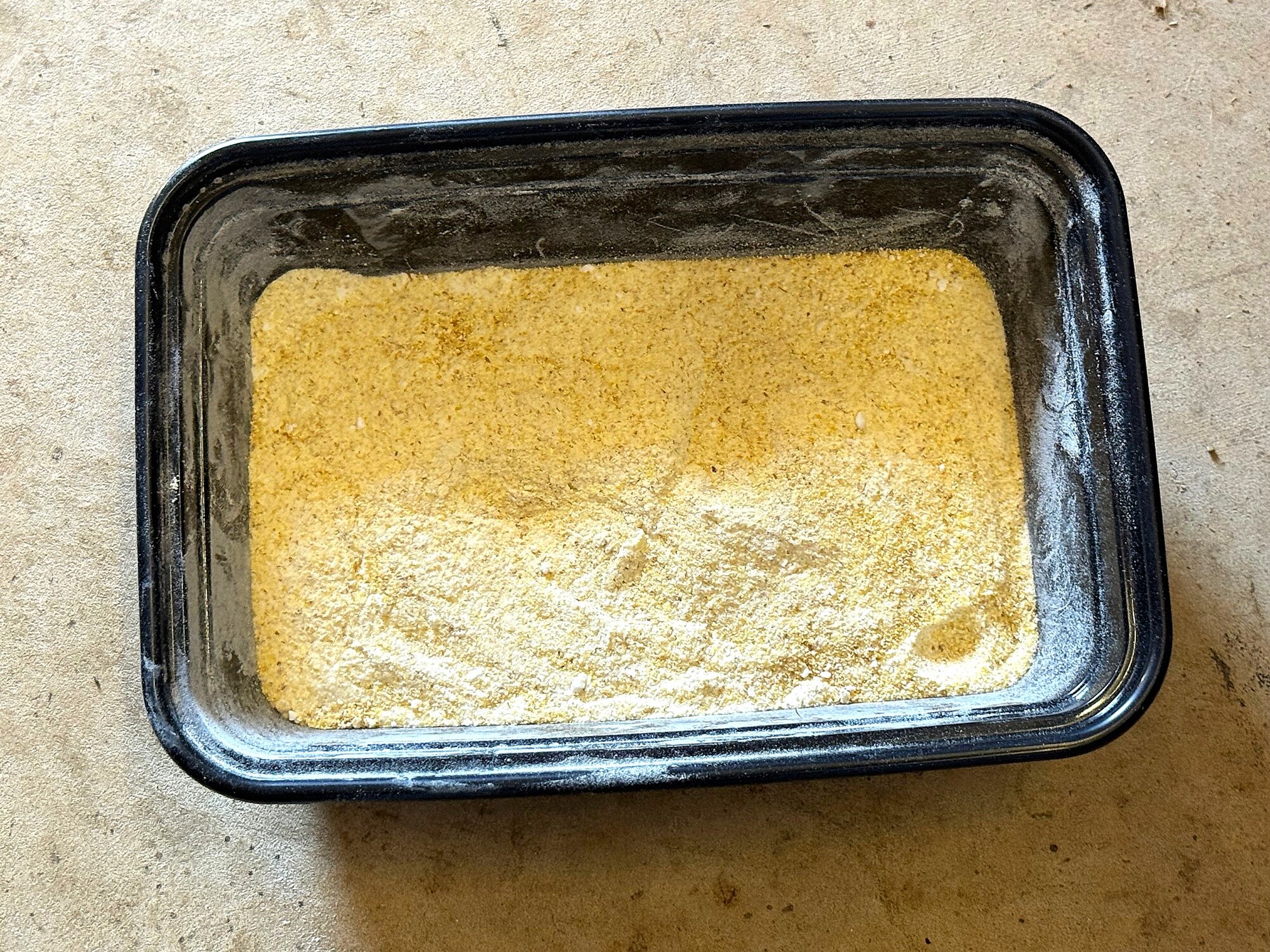
If your storage building has a dirt or even gravel floor, you'll want to consider rolling your wagon onto some short 2x6 boards just to keep it away from moisture and minerals in the ground. Unfortunately, soil and gravel can be an ideal conduit for rust, rot, and insect damage. While we're on the subject of insects, it's also a good idea to be extremely watchful for evidence of powder post beetle activity. With your old set of wheels sitting for an extended period, this will be a good time to watch for any powdery material appearing on or below the wagon. It doesn't matter how long you've had a piece and never noticed activity; old wood can be reinfected with disastrous results. Over the counter chemicals like Home Defense bug spray from Walmart can be effective in stopping and preventing the spread of problems. Other evidence to be watchful for is the presence of mud dauber nests. I don't care how perfectly sealed your building may be, these spider-hunters can find a way inside and leave plenty of challenges. I've addressed the removal of their dried dirt homes in a previous post from September 20, 2017. That post can still be accessed in the 'Archived Blogs' section.

This old stock wagon axle sits upside down, showing heavy evidence of insect damage. I've used it in multiple presentations to reinforce the vigilence needed to guard against these problems.
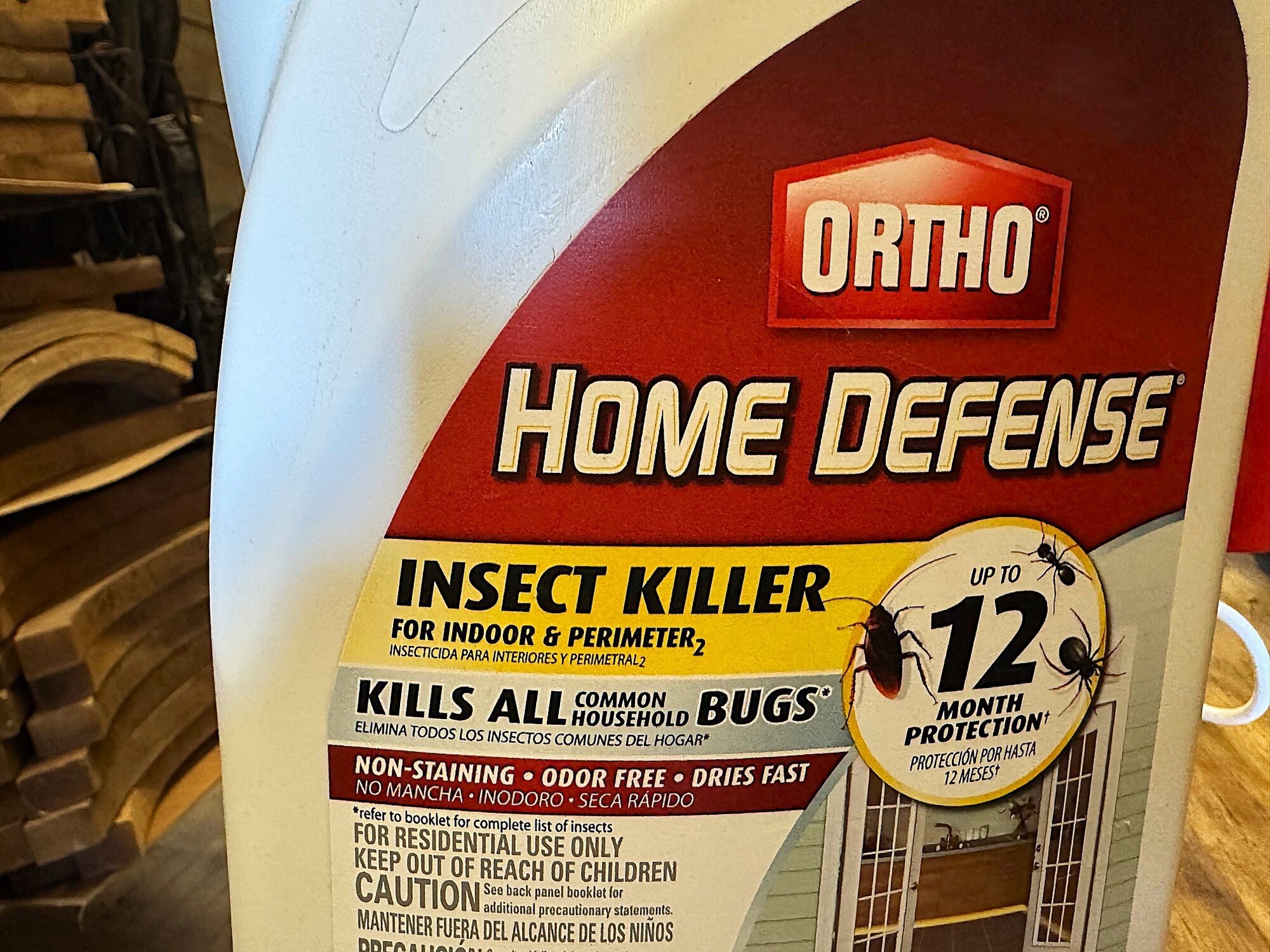
Another problem that can rear its head during the darker, moist air months is that of mold and mildew. This is especially true if the wagon has any oil on it. Even if the oil, itself, (like high quality mineral oil) doesn't have the nutrients to support growth of mold and mildew, the porous nature of wood as well as some stains, moisture, and other materials on the wood surface can be an open invitation to these issues. What issues? First and foremost are potential health challenges from exposure to the spores of mold and mildew. Second, these fungi can create stains and also break down the cellulose in the wood, leading to rot. With that said, there is a cure for the problem. Storing the wagon in a controlled environment with humidity in the 30-50% range and temperatures below 60 degrees can help keep fungi from growing. However, if mold or mildew is noticed, spraying a 50/50 solution of vinegar and water on the area will kill the problem. Bear in mind that the issue can return so vigilance is important. Since vinegar is a cleaning agent, you'll also want to rinse the area to help prevent drip and dirt marks. For those wanting more details, back in August of 2016, I wrote another pair of blogs focused on mold and mildew. Likewise, those are still accessible in our 'Archived Blogs' section. All of the archived writings are in chronological order so the month and year dates will allow you to quickly find the stories.
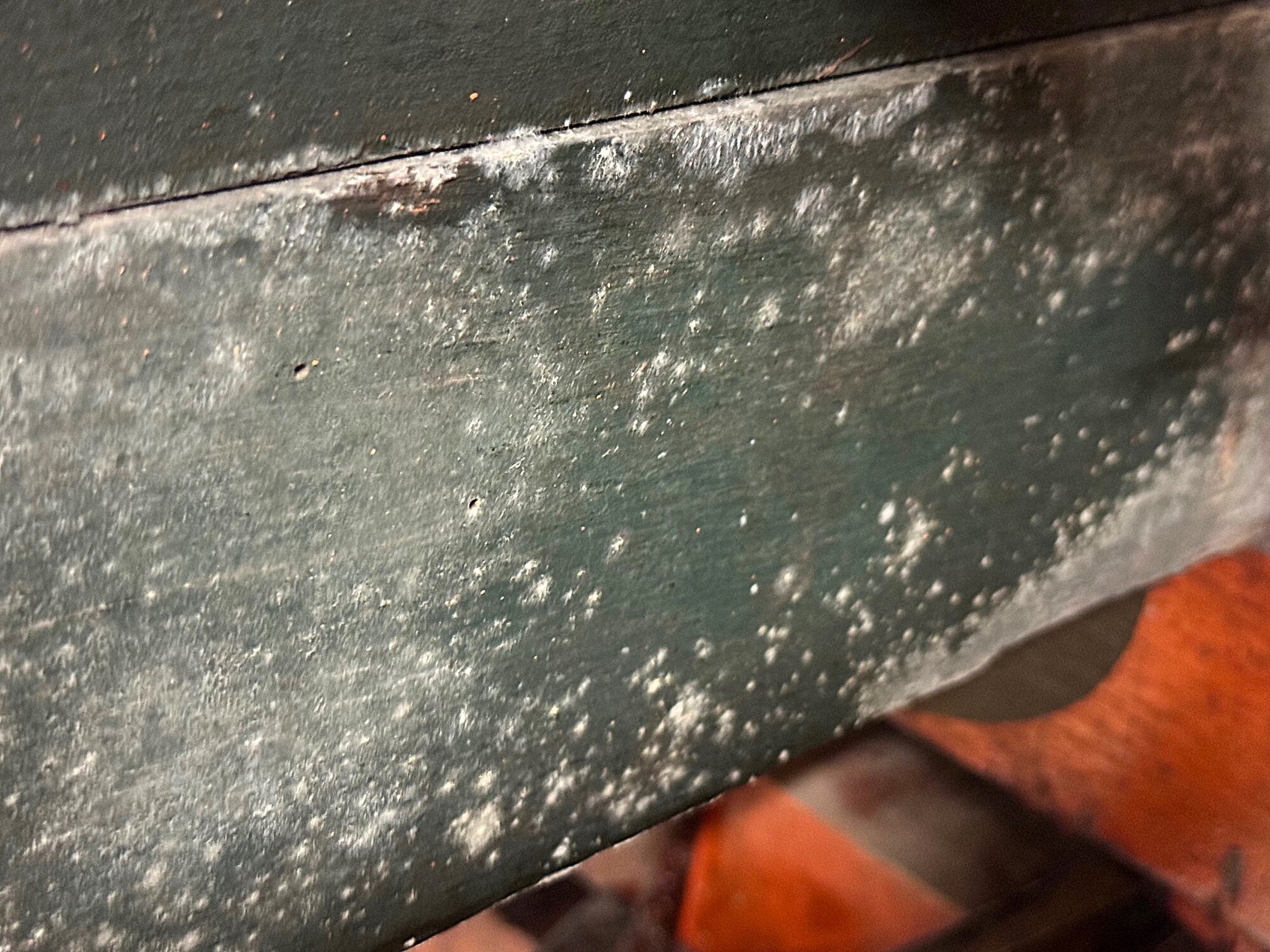
If your old set of wheels is going to be sitting for an extended amount of time, it may make sense to take some pressure off the wheels by placing a pair of jack stands under each axle. Relieving pressures on other areas can also be helpful. Since wood will move with changes in temperature and humidity, you may want to consider loosening the box rods just enough so there is some play while the wagon is not in actual use. (Don't forget to tighten everything up before using the vehicle). Disconnecting the tongue and placing it on a flat surface with supports under it can also be beneficial. This helps prevent the length of the tongue from sagging and taking on a more permanent bowed position.
Finally, and it's unfortunate that we even need to mention this one, let's not forget the importance of protection from theft and mischief. Over the last thirty-plus years, I've heard all kinds of stories related to the theft of vehicles and other valuable parts. Regrettably, not everyone is trustworthy. However, the good news is that we live in an age of technology that can give us added peace of mind while guarding against the less-than-honorable actions of others. Security cameras, alarms, motion detectors, watchful neighbors, and even small, unnoticeable GPS tracking devices can give us the added confidence that our pride and joy is safe and sound.
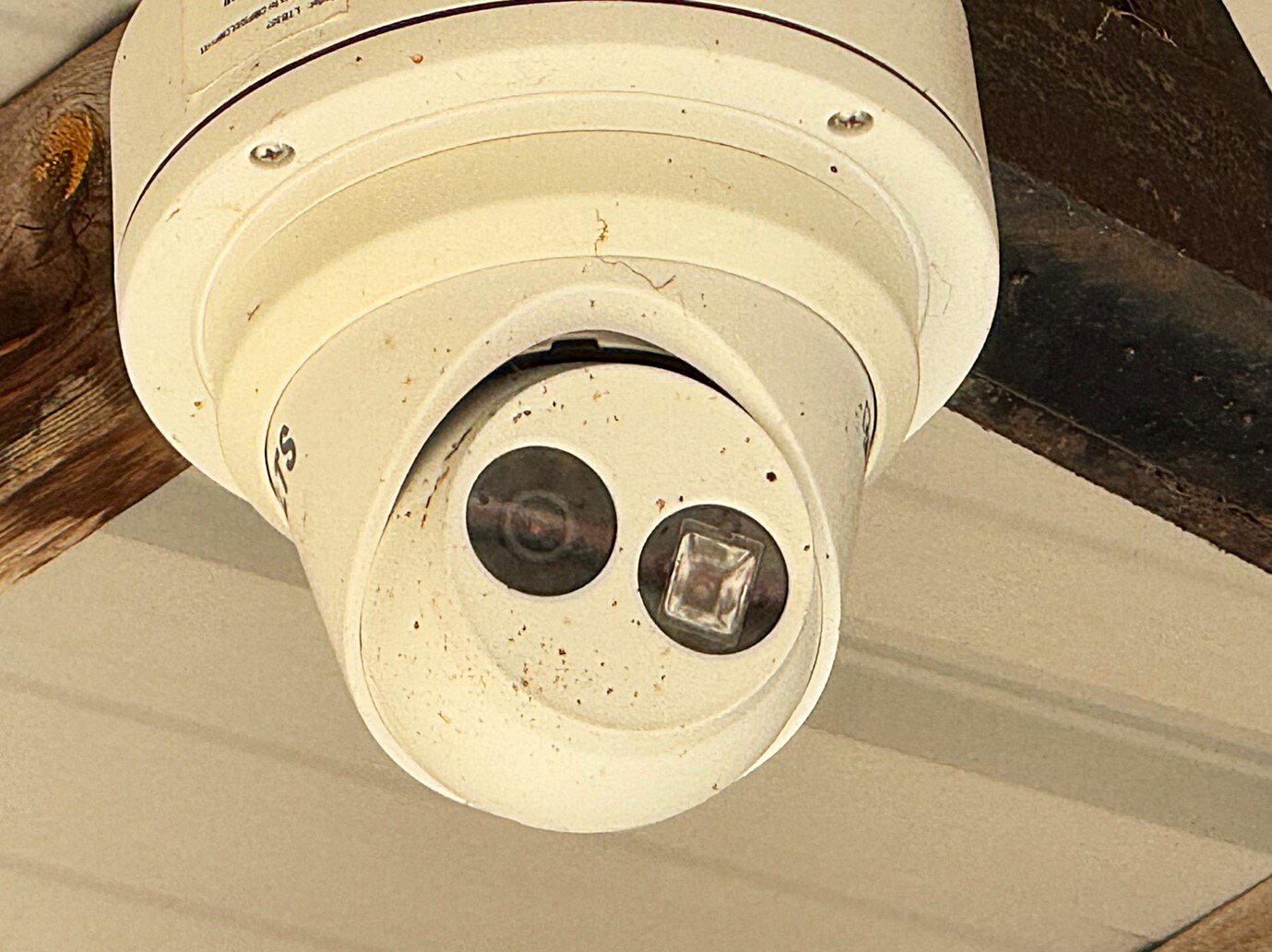
Every surviving wood-wheeled vehicle from the 1800s and early 1900s is unique and cannot be duplicated without losing the personal history attached to it. Even if you have insurance, that wheeled part of the past doesn't have a twin and no amount of money can replace the memories and stories attached to Old West history, personal dreams, and family heirlooms.
At the end of the day, from maintenance and personal vigilance to a multi-level security system, there's no better time than now to provide greater care for your horse-drawn history. After all, it's a good feeling to know that everything you have is ready to Winter Well.
Have a great week!
Psalm 20:7